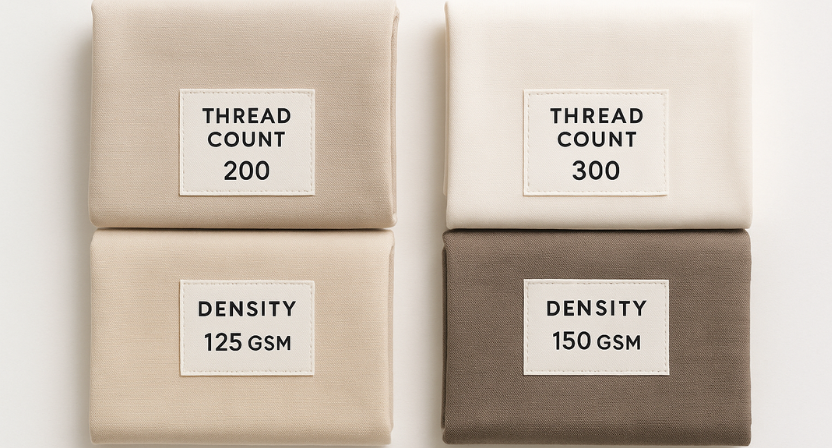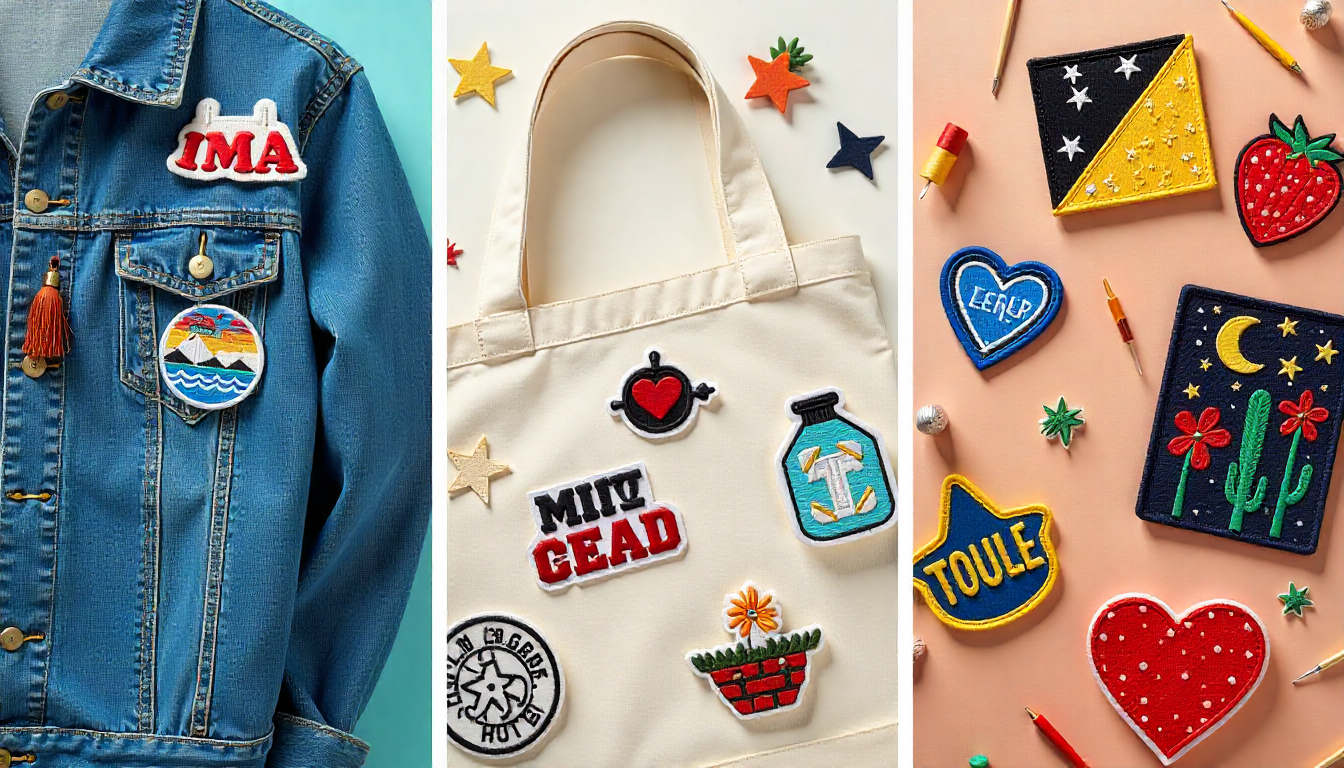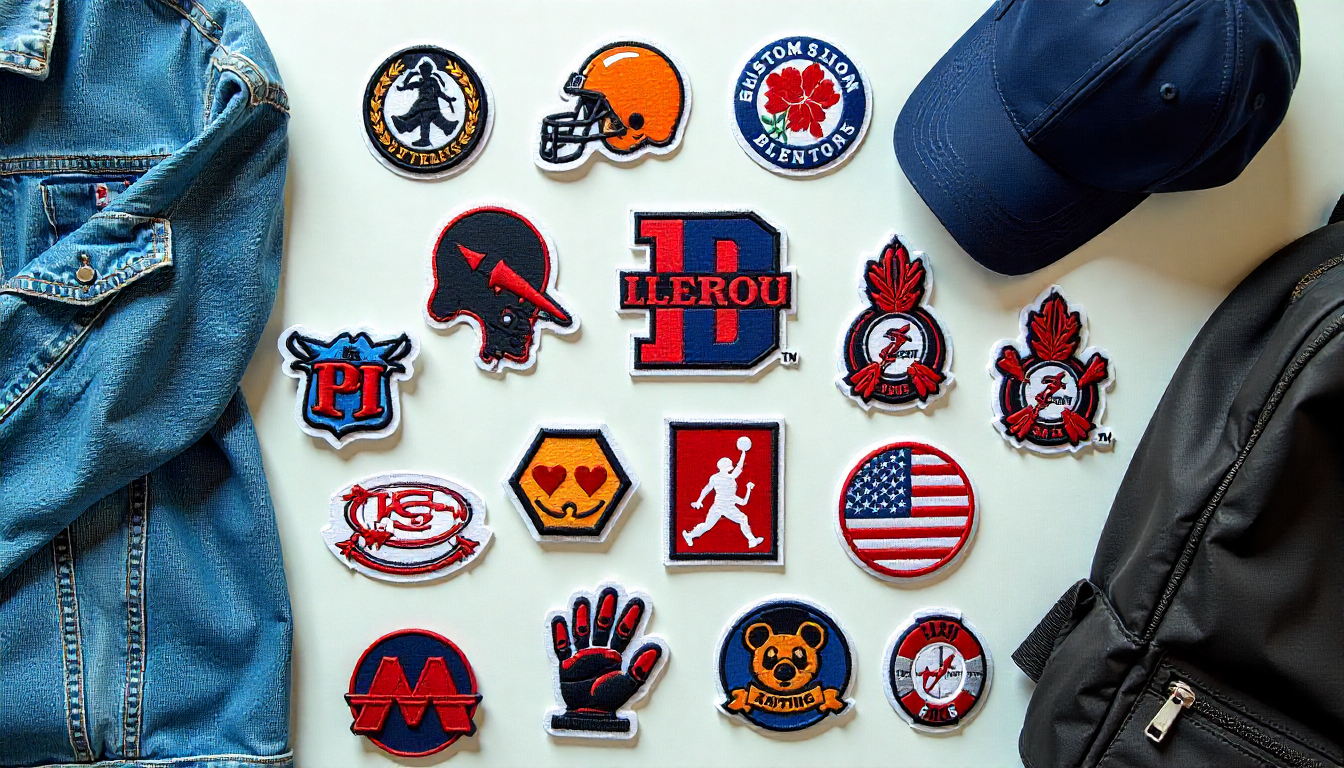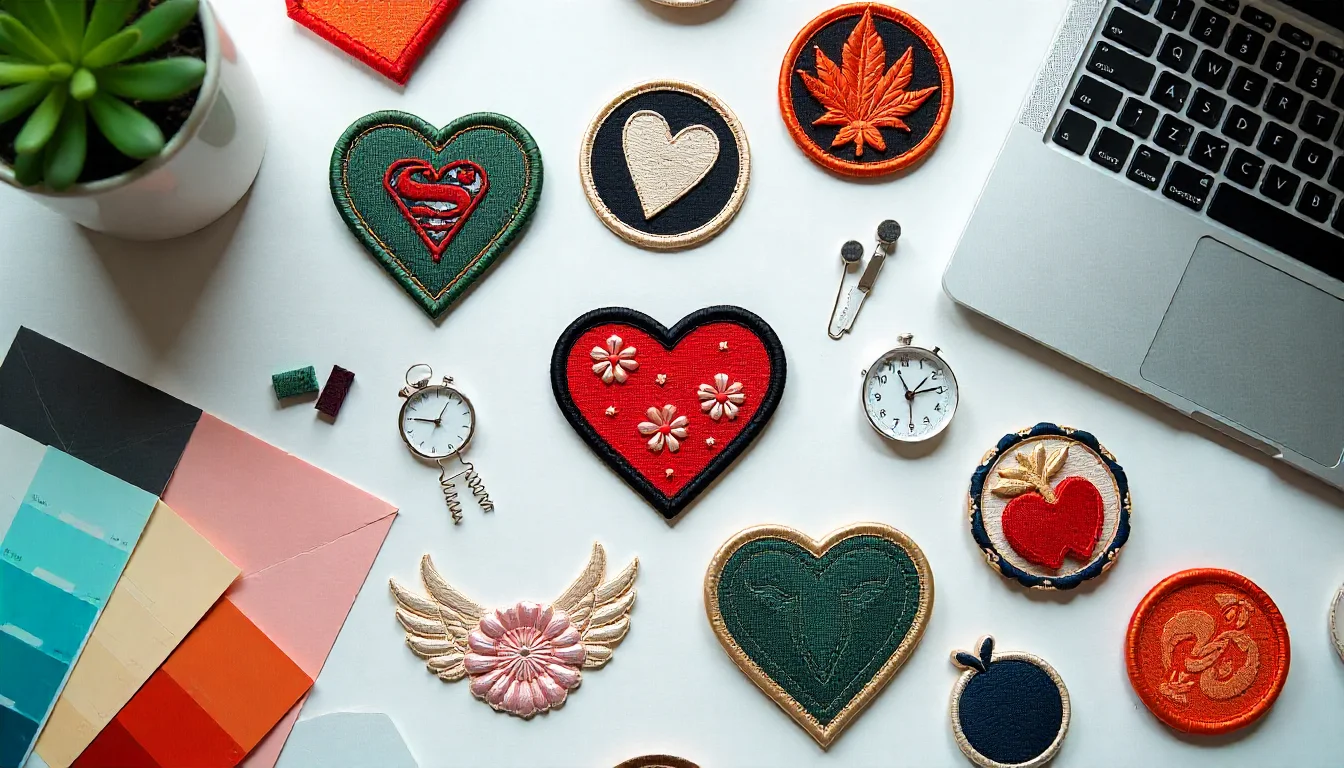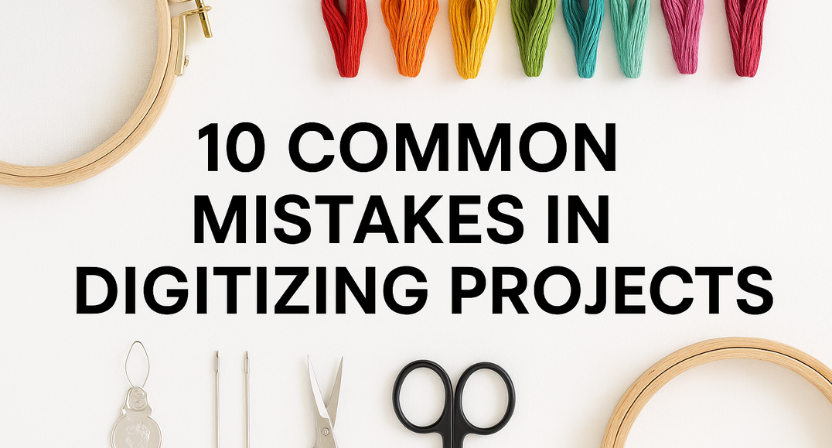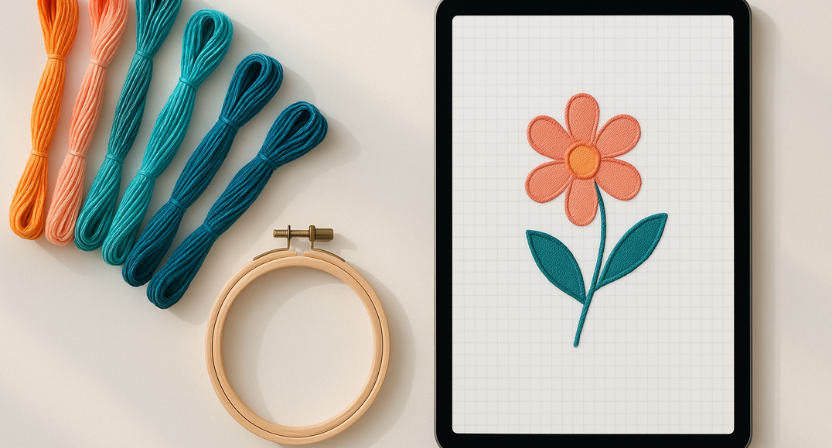When it comes to embroidery, selecting the right fabric is crucial for achieving the perfect design. The quality, durability, and finish of your embroidered work depend heavily on the fabric you choose.
Two critical factors that impact embroidery quality are thread count and fabric density. This blog is to guide you through these fabric basics, ensuring your embroidery projects turn out flawless.
What Is Thread Count in Fabric?
This refers to the number of threads knitted into a square inch of fabric, including both horizontal (weft) and vertical (warp) threads. The higher the count, the finer and smoother the fabric becomes. This smoother texture is perfect for creating complex, detailed embroidery designs.
How Does It Affect Embroidery?
Fabrics with a high thread count provide an ideal base for embroidery, making your designs appear clear and well-defined. For instance, when choosing fabrics for machine embroidery, those with a higher thread count are ideal for projects requiring precision and fine details. However, keep in mind that thread count alone doesn’t guarantee fabric quality; it should always be considered in conjunction with other factors, such as fabric density and the yarn type used.
The Importance of Fabric Density for Embroidery
Fabric density refers to how tightly the threads are packed together in a fabric. This measure directly influences the fabric’s strength and durability. In embroidery, fabric density plays a significant role in how well your stitches hold up. Higher-density fabrics provide a smoother surface for embroidery, which allows intricate details to stand out and stay intact over time.
Effects of Fabric Density on Embroidery
Fabrics with greater density tend to hold stitches better, making them ideal for long-lasting embroidery designs. For example, a high-density fabric ensures that your embroidered designs maintain their shape and vibrancy even after repeated washing or wear. This is particularly important for items like workwear or sports uniforms, which undergo frequent use.
A Complete Guide on How to Embroider Polyester Fabric for expert tips!
Thread Count vs. Fabric Density: How Do They Work Together?
These two factors play distinct yet complementary roles in determining fabric quality for embroidery. Here’s a breakdown of how they work together:
- Thread Count:
- Affects the fabric’s texture and smoothness
- A higher thread count provides a finer, smoother surface.
- Essential for refined and detailed stitching
- Fabric Density:
- Determines fabric’s durability and strength
- Ensures better stitch hold and long-lasting embroidery
- Higher-density fabrics are more resistant to wear and tear.
- Balance for Optimal Results:
- Fabrics with the perfect blend of these factors offer the best of both worlds: smooth texture and durability.
- This balance is crucial for creating high-quality, long-lasting embroidery.
- Choosing the Right Fabric:
- Moderate thread count with medium density: Ideal for general embroidery projects
- Higher thread count with greater density: Best for delicate, high-end embroidery designs.
Choosing the Right Fabric Blend for Embroidery
Fabric blends also play a significant role in determining the performance of your embroidered designs. Popular blends such as cotton-polyester offer comfort, durability, and breathability, while blends like silk-modal or bamboo-nylon are great for specialized applications.
For more in-depth guidance on fabric choices, check out our 10 Best Fabrics for Machine Embroidery.
Conclusion
Choosing the right fabric for embroidery is more than just picking the softest or smoothest option. It requires understanding how every factor influences the overall quality and longevity of your embroidery.
At Impact Digitizing, we provide expert digitizing services to bring your embroidery designs to life on the fabric of your choice. Whether you need complex logos on premium fabrics or durable designs for everyday wear, we have the experience and skills to meet your needs.
FAQs
1. What’s the Difference Between Thread Count and Fabric Density?
Thread count refers to the number of threads in a square inch, while fabric density measures how tightly those threads are woven together.
2. How Does Fabric Density Affect Embroidery?
A higher fabric density ensures better stitch hold, durability, and a smooth surface for intricate embroidery designs.
3. Is a Higher Thread Count Always Better for Embroidery?
Not always. While a higher thread count provides a finer texture, it must be balanced with fabric density for optimal results.
4. What Fabric Blend is Best For Machine Embroidery?
Cotton-polyester blends are commonly used for embroidery due to their durability and smooth texture, but the best blend depends on the project requirements.

